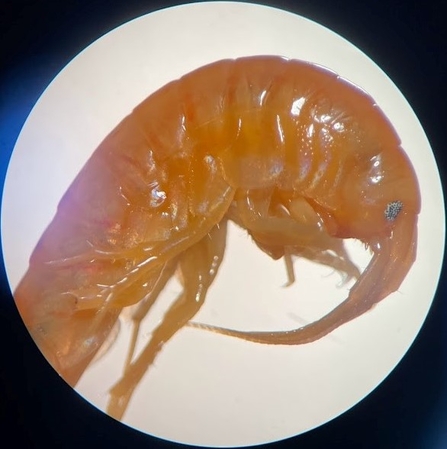Under the Trust's Research and Monitoring programme, a team of 6 students from Royal Holloway University and University of Surrey set out in search of the demon shrimp on the River Wey, to find out if it had spread since it was first found in Surrey in 2015. Josie Lawrence, from the University of Surrey, wrote about the project in this blog. If you're interested in the Trust's research and monitoring work, please take a look at our page here
"Demon shrimp, scientifically known as Dikerogammarus haemobaphes, are a species of shrimp which have spread from their home in the Ponto-Caspian region of eastern Europe across the continent. In 2015 this invader was found by the Environment Agency at multiple sites in the River Wey, which was a cause of concern for the Trust and the Wey Catchment Partnership.
Non-native species are any species found in a location outside of their normal range but when these organisms threaten the native wildlife, they are termed invasive species. Invasive species can threaten local wildlife in many ways: they may outcompete native species for food, space, and other resources, they may predate directly on native species, or they may have the ability to change the environmental conditions of the surrounding habitats. Since freshwater shrimp are an important part of river food webs and decomposition cycles this was thought to be a very real threat.

